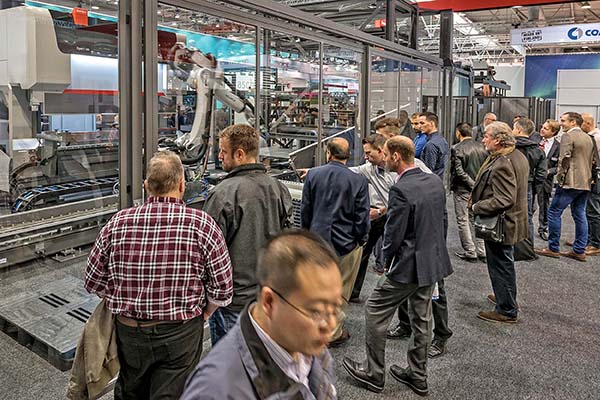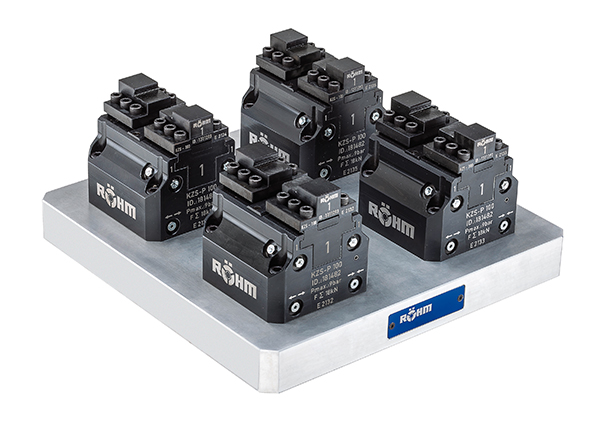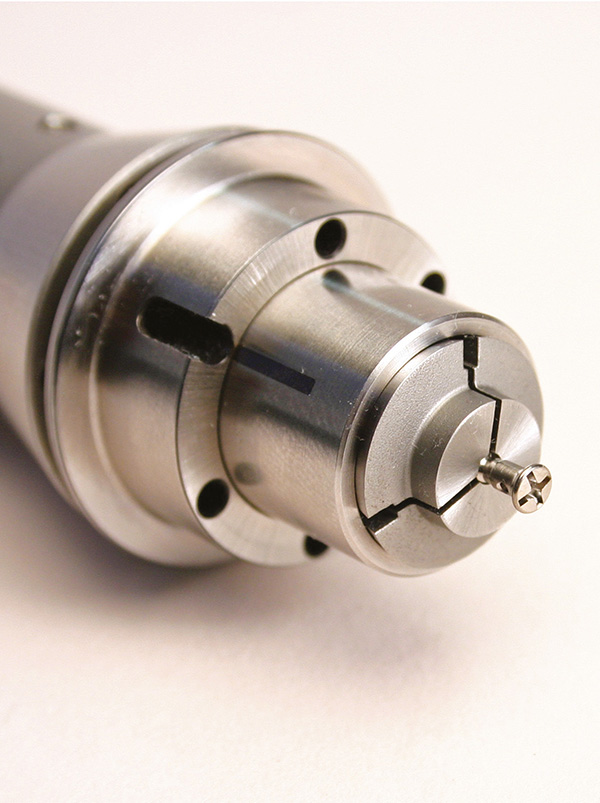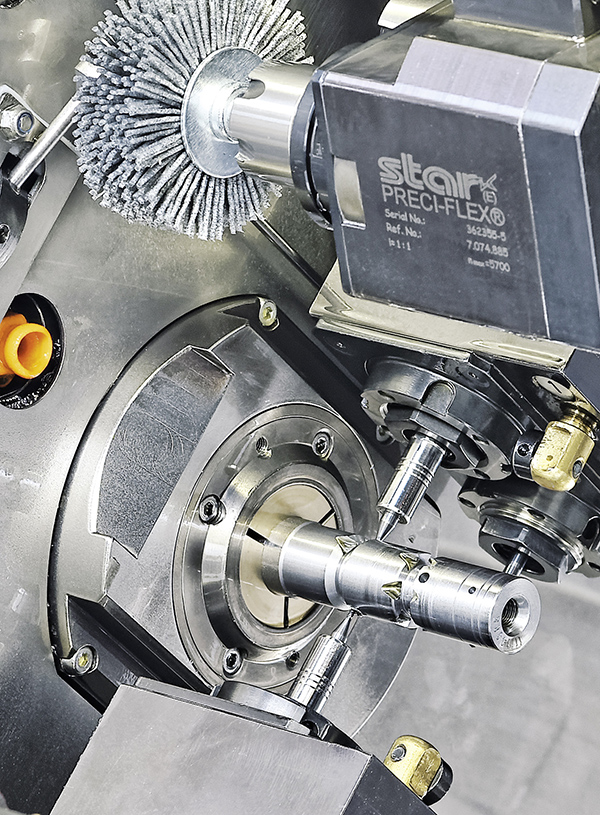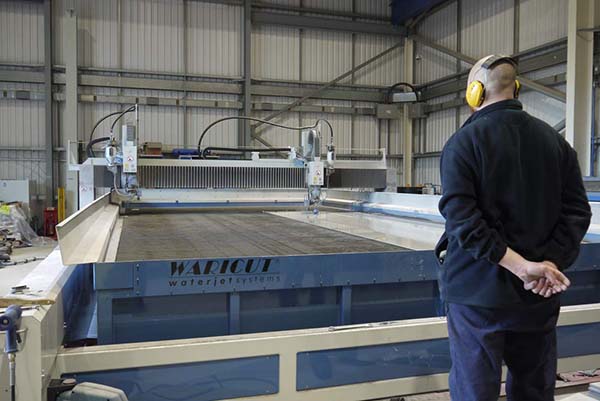With Tribos ER, Schunk is bringing its patented technology of polygonal tool clamping to sliding- and fixed-head lathes, and rotary transfer machines.

Pilot user Zisterer Präzisionsdrehteile GmbH in Villingen-Schwenningen, Germany, has reduced machining time in demanding milling applications by one third, while significantly improving surface quality.
There are good reasons why Schunk is now unlocking the potential of polygonal clamping for lathe chuck technology. For one, the requirements for sliding-head lathes are constantly growing. At the same time, customers are facing considerable pressure to lower prices, particularly for high-volume parts. For Zisterer Präzisionsteile, Schunk’s decision to standardise the Tribos ER came just in time. The manufacturer of hydraulic components was regularly experiencing process disruptions due to tool breakages, as tools with a long overhang and cutting diameters of 2 mm could not withstand the vibrations that occur. Halving the speed was the only way to ensure the process stability required for high-volume production. Instead of 12,000 to 15,000 rpm, the company had to accept speeds of 6000 rpm and the resulting reduction in cycle time.
“The Tribos system saved us around 200 seconds at a total machining time of just below 600 seconds,” explains Uwe Walikewitz, head of CNC longitudinal turning at Zisterer. “The rotational speed was only reduced by 500-1000 rpm as compared with the recommended cutting parameters, and lo and behold, it worked perfectly.”
Tribos polygonal tool holders with ER tapers come in two different versions: the slim Tribos-Mini ER is suitable for micro cutting, while the Tribos-RM ER is aimed at high-volume machining at high rotational speeds.
For further information www.schunk.com







